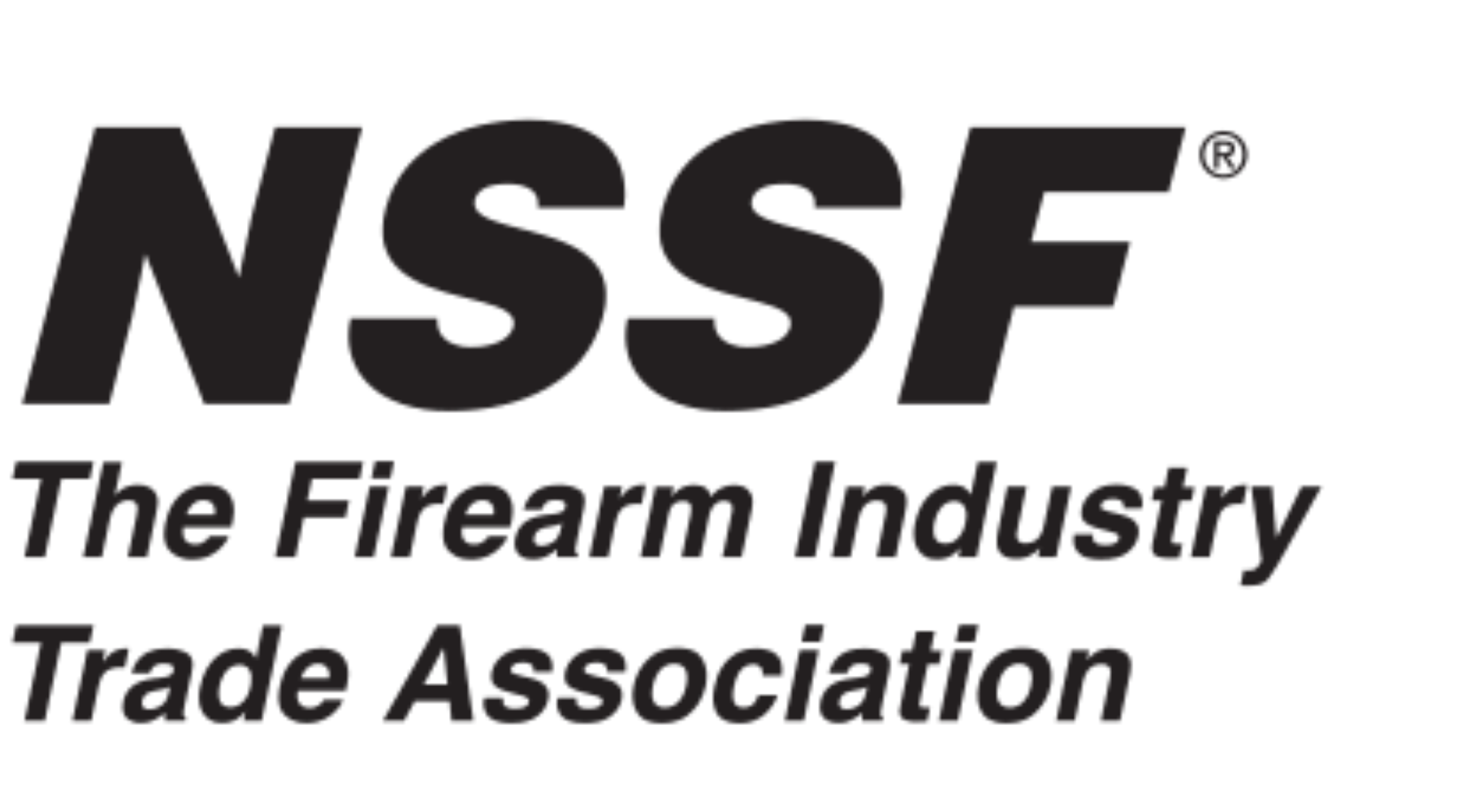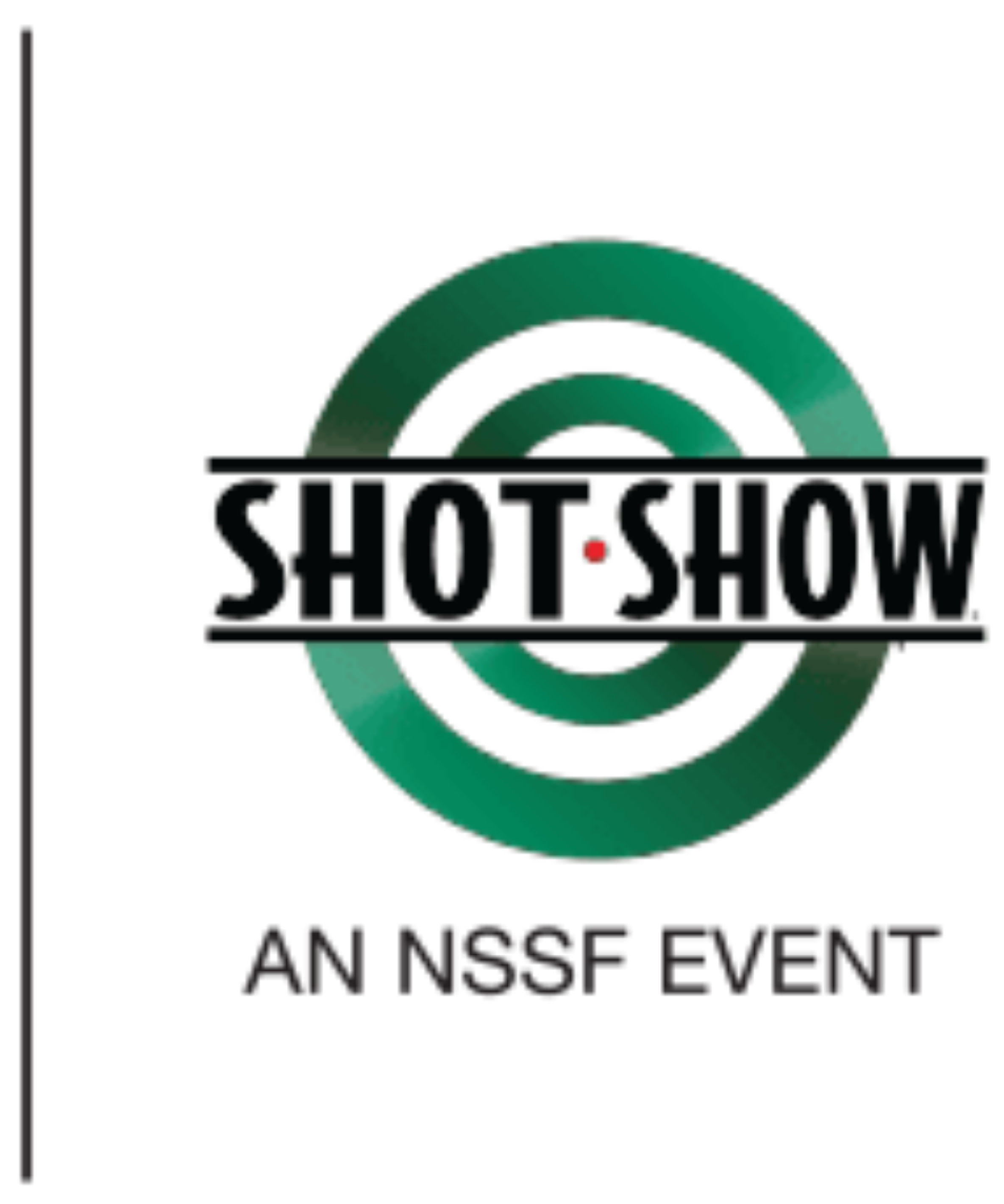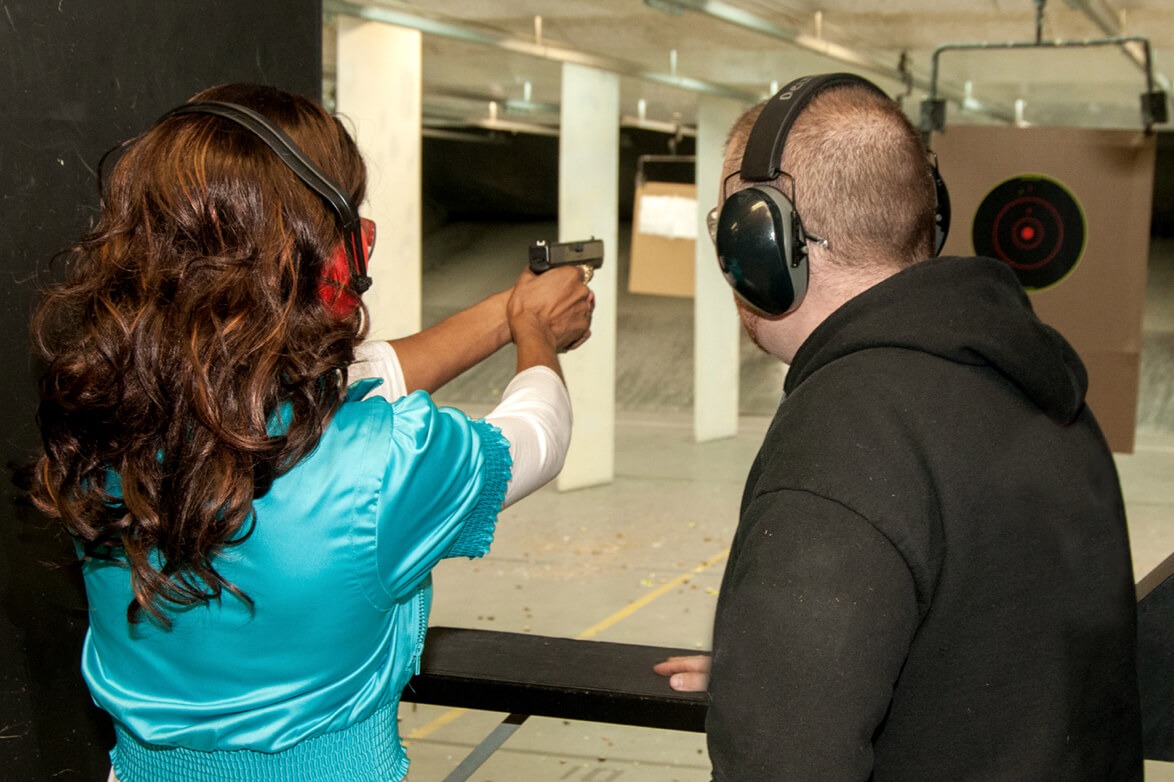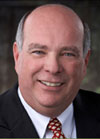 Back to News
Back to News
May 8, 2017
Increase Margins with Firearms Handling Training Programs
Margins Left Behind
In my capacity as a Range Action Specialist with the NSSF, a Range Technical Team Advisor with the NRA and as an independent shooting range consultant, I talk to many private and commercial shooting range owners and managers about their business. Many of those conversations revolve around firearms safety and handling instruction, and when it does, I can tell you that most owners or managers believe they are running productive programs. The reality is the vast majority of shooting ranges merely scratch the surface of the potential revenue available through this avenue. Indeed, your firearms instruction program should be the cornerstone in establishing your business niche, and when it does, it will feed sales to a much higher degree than you likely realize.
A well-designed, comprehensive and strategically implemented firearms handling training program can provide higher margins to a shooting range than any other revenue source. On a regular basis I review my range clients’ financials which offers me real world numbers from across the country. A quick look at these averages indicates new firearms sales with margins between 15 and 29 percent, used firearms sales at 30 to 50 percent, consignment firearms sales around 25 percent and other retail sales at 35 to 55 percent — and training should be between 60 and 97 percent. In fact, my research and number crunching shows that in a training program similar to the one I’ll detail below should be capable of margins in the mid to high ninetieth percentile, and even in the smallest demographics generate gross revenue in excess of $800,000 annually. Does that get your attention? Read on.
Firearms Training Program Design Basics
Offering just a few basic pistol or concealed carry classes and the occasional defensive-level class is what too many ranges think of as being adequate. But this is far removed from the kind of high-quality training program I believe is necessary to the success of today’s shooting range industry, and one, as we’ve just seen, that has the potential to drive very high margins. So let’s take a look at a model that’s much more comprehensive and has that much more potential to deliver profit.
The first thing to consider when developing a firearms instruction curriculum is to design a hierarchal class structure that will offer more opportunities for you to increase retail sales in both firearms and accessories than will a program that covers just the basics. A comprehensive firearms training program should have breadth, so don’t forget to include non-firearm classes, which will bring in customers who would not necessarily shop at your facility. These can be anything from an introduction to reloading, how to bore-sight a scope, non-firearms self-defense classes, knife sharpening, a cooking class with game meat, wilderness survival, first aid and others.
Once you’ve decided on the types of classes you’d like to offer, the next step is to design each class to have achievable goals for the students. For your classes to be successful, your students must leave each of them with a sense of accomplishing more than they could have ever anticipated. Students who leave a firearms training program feeling that way are compelled to talk about their experiences and, therefore, you have stimulated the best word of mouth advertising available.
For classes that have ascending levels of difficulty, prerequisites need to be established and enforced for admittance to higher level classes. This builds in incentive to your students to continue to work towards improvement of their shooting skills, which in turn will have them returning to your store and range more often to practice, buy ammunition and accessories or acquire coaching.
Be sure to offer incentives for students to enroll in the next-level class. Ideally such incentives should be limited to same-day enrollment after the class the student has just taken, so that you may capitalize on their excitement of having successfully completed a class and wanting to experience more. In my facility, we offer the students a 10-percent discount on their next class as long as they enroll and pay for the class on the same day they complete the class they’re currently taking.
As you develop your class offerings and schedules, remember to consider facility daytime and evening capacities, seasonal use cycles and peak use times against your available staff support. Classes must be offered weekly and during the weekdays, as well as weekends. I have operators tell me all the time that they only offer classes during the weekends because no one comes during the week. This is a huge mistake. Students will come during the week, though establishing regular attendance will take your customers realizing the quality and frequency of your training.
Larger markets will have an easier time with this, but there will be a growth period for everyone. Realize during this growth period that if you run a maximum 10-person class of high quality with only four people in it, the result will be four people singing the praises of your training experience at the end of the class. In my small market of roughly 225,000 people within a 45-minute drive of my facility, it took four years before we started selling out all our weekday classes, and now we teach an average of 20 classes a month, all full.
By the way, that four-year span is about the average growth rate for my demographic. At the 750,000-plus population we see the window cut to approximately 36 months, and in areas with populations exceeding one million, the window can be as short as 18 to 24 months. Keep in mind that these windows strongly depend on the aggressiveness of your program, instructors and marketing efforts, so even lightly populated areas can improve that typical four-year window with a dedicated effort, just as a range in a densely populated area can go longer if their marketing efforts consist only of a “build it and they will come” approach.
Finally, especially when you’re launching a new firearms training program or a new class to an existing curriculum, course surveys should be deployed for at least four presentations of each course to be sure student expectations are met and discover other classes they may be interested in.
Selling It
Your retail sales staff must be excited about your classes and they must promote and sell your classes at every opportunity. Allowing your staff to take your classes for free is a great way to get them excited about your program, and it’s a lot easier to make a sale of something that you have experienced firsthand.
Your staff must know, in addition to what the classes offer, the best opportunities for selling them. For example, the counter where shooters exit and check out of the range is the perfect time to sell a class to a person who may express some concern about their shooting ability. Likewise, when selling a new firearm a class should be offered or suggested before closing the sale.
To help your staff sell your instructional classes, they should be supported with literature and training specific to facilitating this type of low-key promotion. Additionally, your in-store promotions must be specific to the classes offered, especially those for beginners, and easy-to-read class flyers must be available and convenient for customers to pick up, because that will help facilitate conversations with your sales staff.
Summary
A training program is just one of a few of the issues I deal with on a daily basis when looking at the profitability of a commercial range. But over the last few years, a number of cash flow-troubled commercial ranges that have evaluated and restructured their training programs have seen dramatic improvements to their bottom lines. If you’re looking for ways to improve your margins, increase your customer flow and keep your customers as active, enthusiastic shooters, then reviewing and or modifying your training program will almost surely result in an improved bottom line for you.
I’ll be examining more about firearms training programs in future articles, as well as other topics that affect today’s firearms ranges. In my next column, I’ll take up the discussion of hiring instructors and the pros and cons of doing so either as an in-house staff member or as an independent contractor. Until then, and should you have any questions about your range, visit www.nssf.org and click on the “Ranges” heading at the top of the page. There you’ll find a number of resources, including information on NSSF’s Range Action Specialist Team, its Star-Rating Range Program and more.
About the Author
Edward M. Santos is the owner and founder of Center Target Sports, Inc., and the Tactical Services Group, both located in Post Falls, Idaho. Since 2004 he has operated a very successful commercial NSSF Five-Star range, and he provides comprehensive consulting services to shooting ranges, including business plan development, facility design, and operations and management system development. A well-regarded industry liaison, he is a frequent presenter at NSSF’s annual SHOT Show and teaches civilian, military and law enforcement personnel about shooting range development, utilization and training practices. He has been a member of NSSF’s Range Action Specialist Team since 2010.
Categories: BP Item, Featured, Ranges, Retailers, Top Stories










